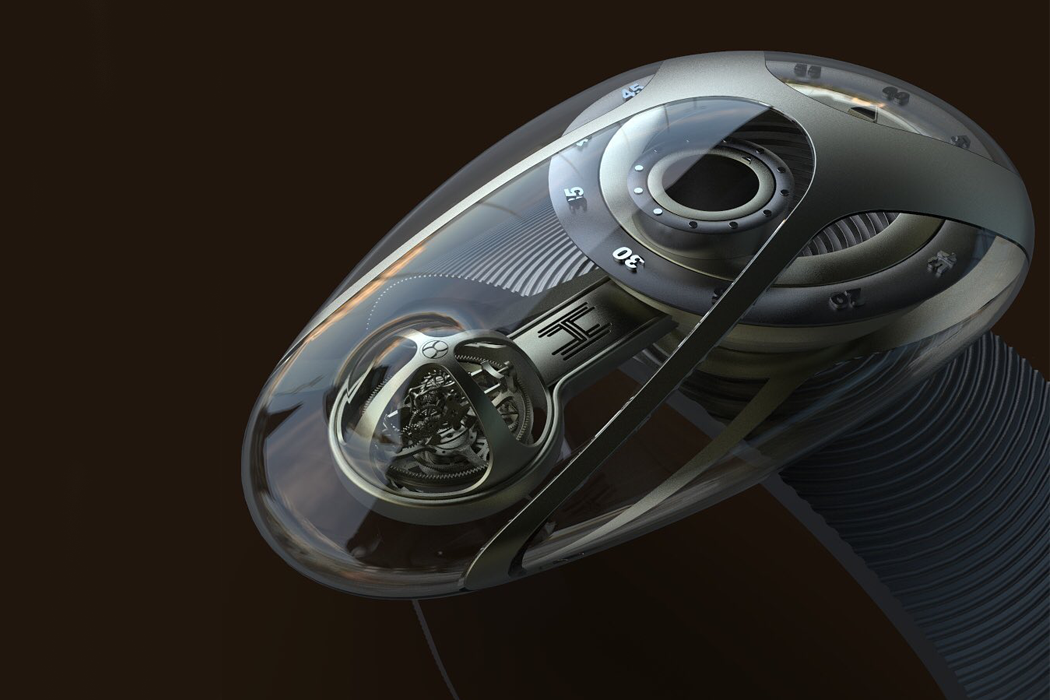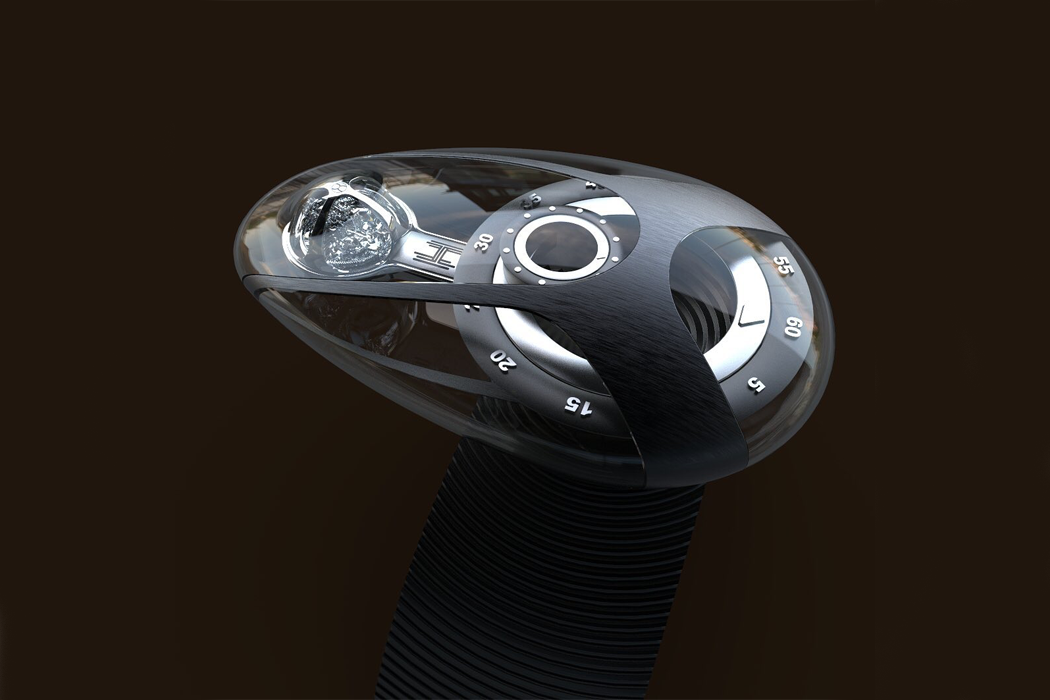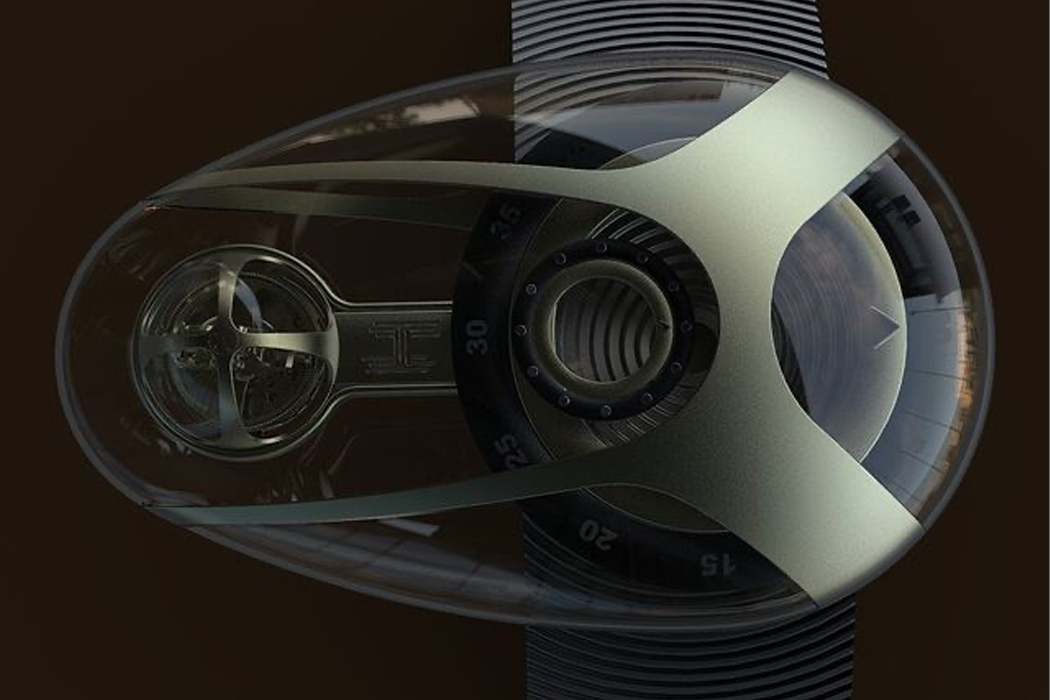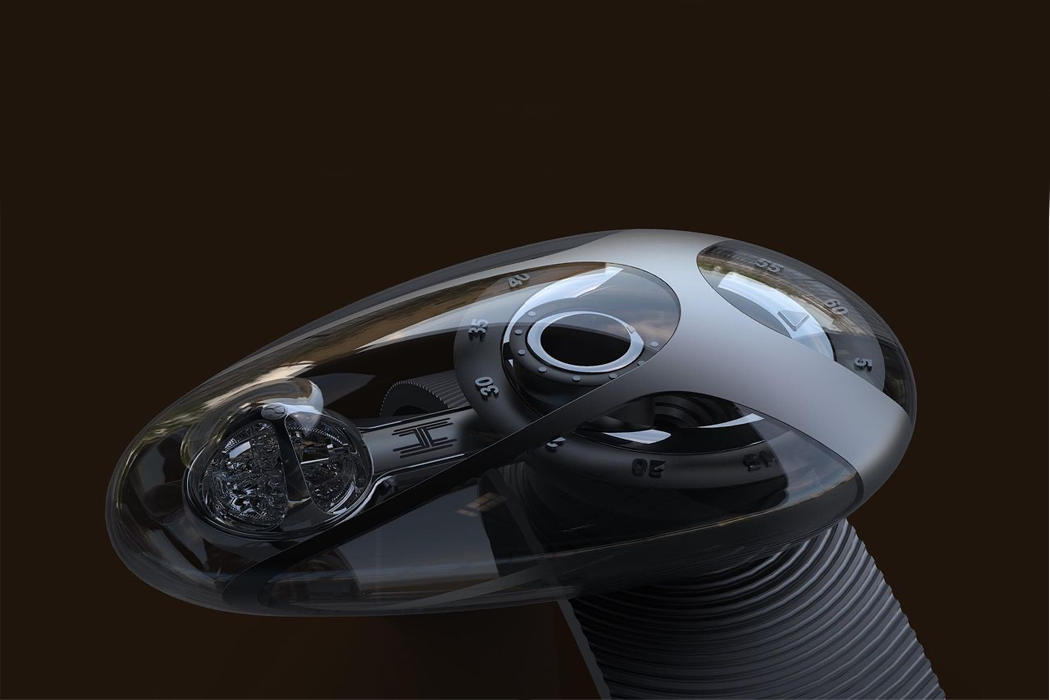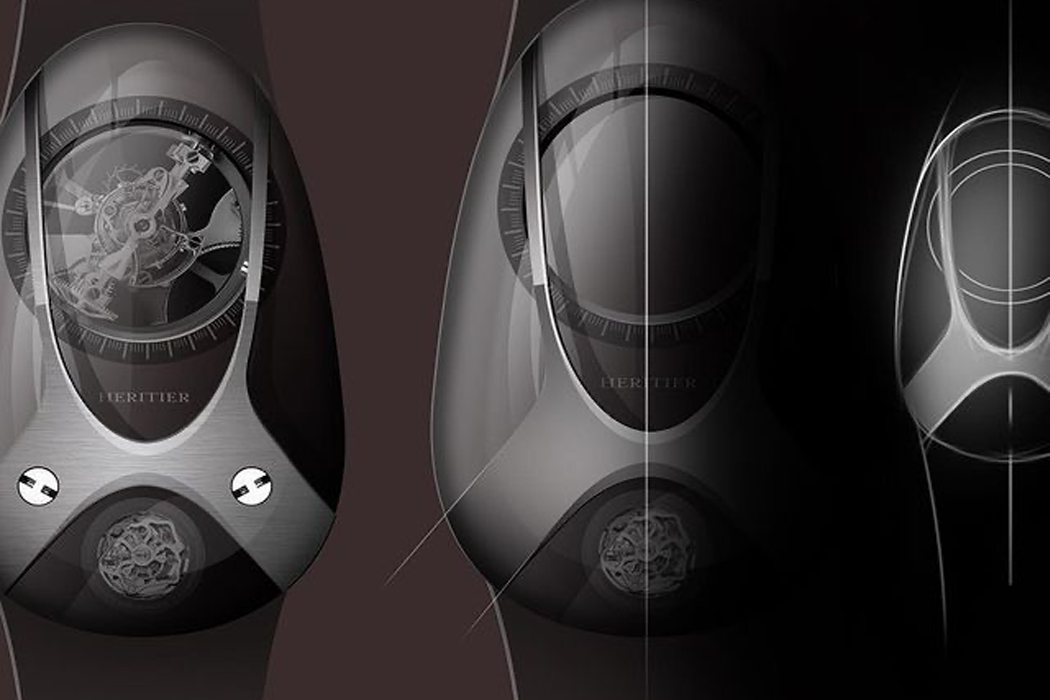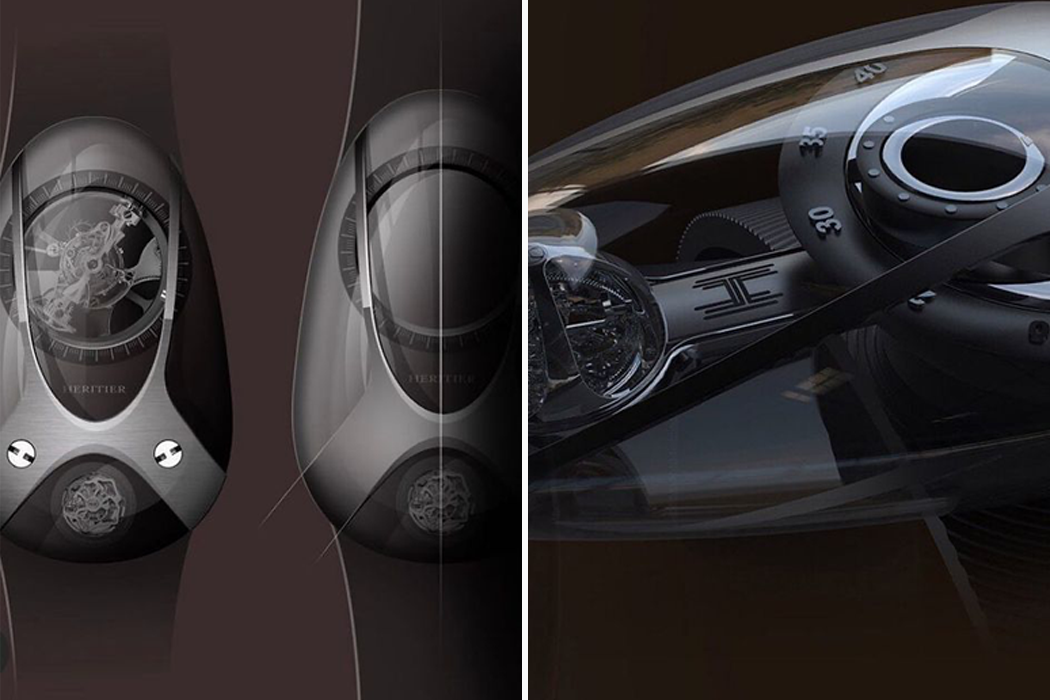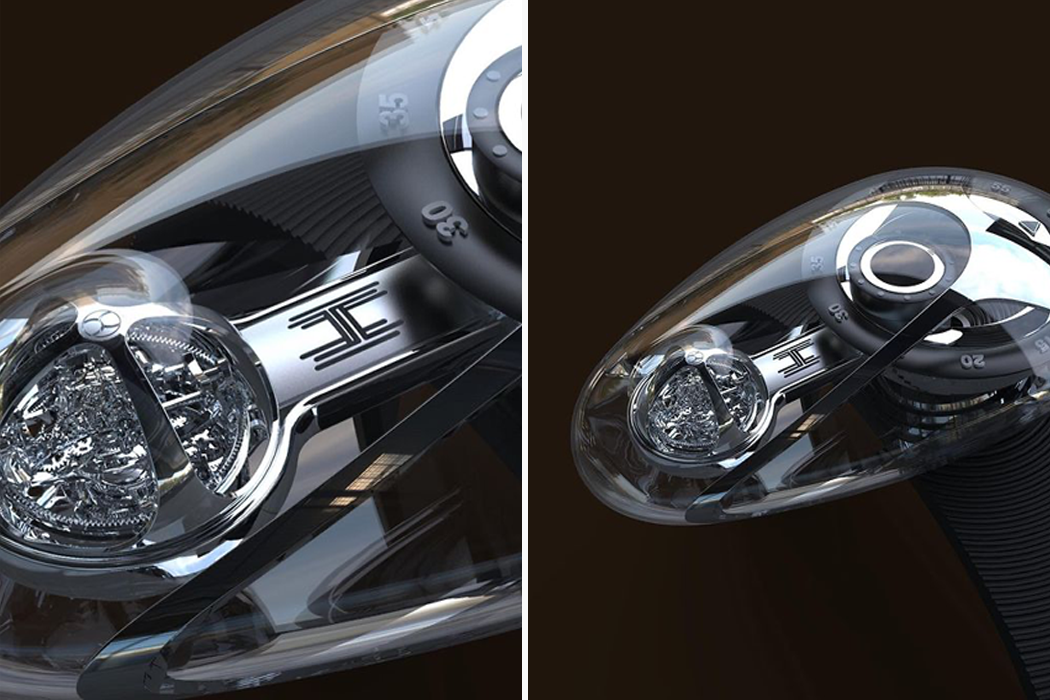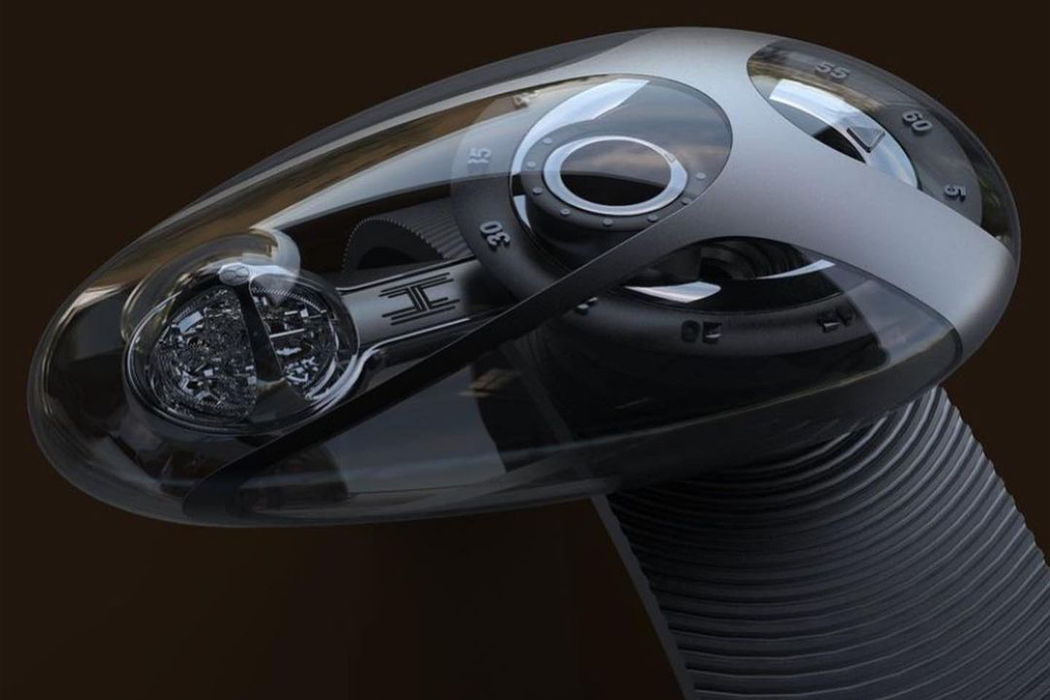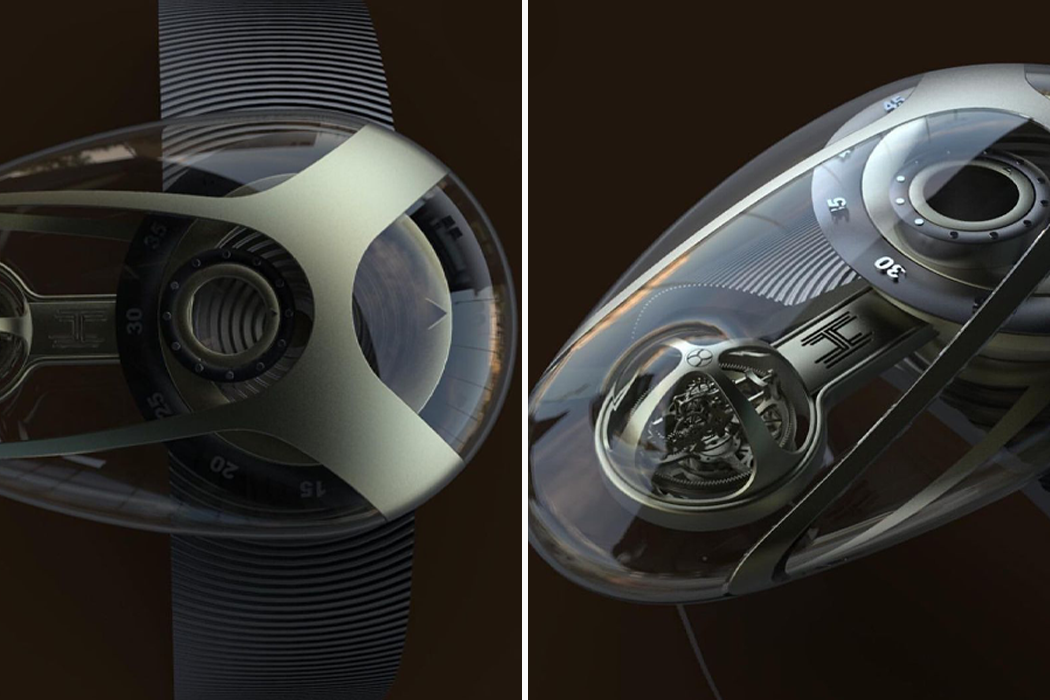
Wearable design – the term brings to mind bionic body enhancements or maybe a vibranium necklace that transforms into a suit? (Admit it, Black Panther’s tech rivals that of Iron Man and this is coming from a hardcore Iron Man fan). But the reality is, we don’t truly realize how many wearables are already a part of our lives! From the smartwatch to the Bluetooth headset that is almost synonyms with a corporate bigshot, wearables have already integrated themselves into our life. So why not embrace the innovation and let them make our lives easier? The wearable designs showcased may not make you Iron Man but will surely make you feel you have your own Jarvis!


Calling it the ATMOBLUE, Leandro and his team developed an entirely new category of wearables that could actively purify the air of 99.9% of particles, pioneering a technology that made them sort of the Tesla of face-masks, as opposed to the N95 which only filtered 95% of the air. The mask featured “positive air pressure” which helped keep out germs and contaminants by making the air pressure inside the mask greater than the air pressure outside. Built-in fans pushed purified air right into the insides of the mask, allowing you to breathe normally, and one-way outlets got rid of the humid air, so your mouth never felt wet and sweaty.


Students at the University of Chicago developed a unique, wrist-worn bracelet that can remotely scramble all sorts of microphones in a working radius of a few feet. Just wear “The Bracelet of Silence” and switch it on when you want a private conversation, and its multiple ultrasonic sensors disable nearby microphones, preventing them from being able to hear anything you say. The wearable comes with an array of 24 ultrasonic transducers that jam microphones in ALL directions. When worn on your hand, the jammer uses your hand’s movements to increase its range and eliminate audio blind-spots, effectively jamming all sorts of microphones (even ones hidden from view).


Literally the size of a quarter, the Dab by Adam Miklosi is an unobtrusive Holter ECG/EKG that rests comfortably on your chest, constantly reading your heart’s movements. Designed to be minimal, non-invasive, and simple, the Dab tries to bridge the gap between medical appliances and wearables. Its tiny yet classy design sits on your chest via a gel patch, while the electrodes capture your heart activity. The Dab’s dry-electrodes allow it to be used and reused, unlike disposable electrodes that lead to large amounts of medical waste. They constantly measure one’s heart activity (requiring periodic charging via their wireless charging hub), and keep logs of accurate readings, quietly sitting on your chest while you absolutely forget that they’re even there in the first place!


Piece of Time by Ben Koros is a wearable device, which can be worn as a pendant necklace, bracelet, or basic clip, will sync with your calendar wirelessly. Its discrete lights give you a visual countdown to the next important event. A simple glance down or look in the mirror will remind you and help you stay aware of upcoming tasks and other occasions.


The OrCam MyEye 2 feels a lot like what Google Glass should have evolved to become. I’m talking about ditching the holographic crystal and focusing on the camera technology, combined with Google Lens’ identification algorithm. Designed to be a small, retrofittable wearable camera that attaches to any pair of spectacles, the MyEye 2 can identify objects in front of it and read any text within its frame. The MyEye 2 is more assistive tech than consumer tech. It helps people with low visibility to ‘see’ things by actively translating text and identifying objects. Just point at anyone or anything and the MyEye 2 picks up your gesture, analyzing what (or who) you’re pointing at. If you’ve got a text in front of you, the MyEye 2 begins reading it out, allowing you to easily read fine print like newspapers, menu cards, and ingredients lists without worrying about straining your eyes. The tech works for humans too, allowing you to point at familiar people and have the wearable identify them for you.


The Circular Smart Ring by Amaury Kosman connects to your phone via Bluetooth, giving you all your data in a neatly collated dashboard. During the day, the ring captures your activity, blood oxygen levels, energy levels, calorie burn count, among other metrics, while at night, the ring ambiently tracks your circadian rhythm and records your sleep quality, heart-rate variability, sleep disturbances, REM cycles, and sleep and wake times. Using pretty state-of-the-art data processing and machine-learning technology, the ring, its app, and the app’s assistant Kira help you collectively better understand your health and give you bespoke advice on how to improve it.


Rather than put on an uncomfortable set of specs that nobody wants to wear, FITT360, designed by Junse Kim of LINKFLOW is a neckband wearable that rests comfortably on the shoulders to provide not only forward-facing photography but a panoramic view of the world around the wearer! The first of its kind, it captures the entire 360° so you can truly relive the moment you’re in. Equipped with Bluetooth and SNS, you can live stream your experiences or save up to 90 minutes of recording time and export it in 360 or 2k photo/video later.


Braille opened the door to literacy and enhanced independence for those with visual impairments. Similarly, the FingerReader by Suranga Nanayakkara aims to do much the same thing without the limitations of raised-dot reading. Adapted to fit on the hand and index finger, this wearable device makes it possible for users to point at any sign, label, banknote, or page in a book and instantly understand what’s in front of them. Equipped with a specialized scanner, words and sentences are detected and processed using computer vision algorithms so they can be spoken in real-time. Used in tandem with traditional Braille training, it has the ability to take an individual’s independence to the next level.


Meet the VOIXATCH by designer Young Kwon Oh. If that name mildly confuses you, you’re not the only one. VOIXATCH is basically a pretty sensible amalgamation of the three products that we got duped into paying truckloads of money for. It’s a smartwatch that does practically everything your phone does… and guess what. It has a Bluetooth headset docked right into it that you can detach and use to make calls and possibly even listen to music. VOIXATCH is basically what happens when good technology meets good intentions. Grabbing eyes as the first smartwatch with a built-in Bluetooth headset, the VOIXATCH helped unveil a world where watch and earphones were part of a tight ecosystem as one single product that did practically everything your phone could, without you needing to take your phone out.


The Lex by Astride Bionix sits on your person (strapped around your waist and thighs), weighing just over a kilogram thanks to its aluminum construction. However, designed to bear extreme loads of weight, the Lex can take over 120 kilograms of weight without breaking a sweat. The aluminum legs can be deployed using a simple push, and then just lean back while the Lex falls into position, giving you instant seating anywhere you go. When not in use, the legs slide up into their designated zones, allowing for full freedom of movement while even letting you carry a backpack.

